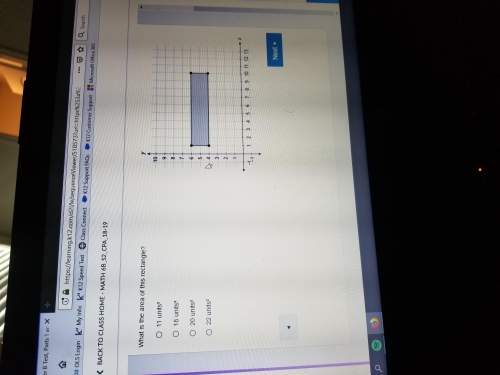
Mathematics, 20.03.2020 08:41, lilly9240
A function f is called homogeneous of degree n if it satisfies the equation f(tx, ty) = tnf(x, y) for all t, where n is a positive integer and f has continuous second-order partial derivatives. If f is homogeneous of degree n, show that fx(tx, ty) = tn − 1fx(x, y).

Answers: 3
Other questions on the subject: Mathematics




Mathematics, 21.06.2019 20:00, angelthompson2018
Given: ∆mop p∆mop =12+4 3 m∠p = 90°, m∠m = 60° find: mp, mo
Answers: 1
Do you know the correct answer?
A function f is called homogeneous of degree n if it satisfies the equation f(tx, ty) = tnf(x, y) fo...
Questions in other subjects:

History, 26.01.2021 01:40







Biology, 26.01.2021 01:40

Chemistry, 26.01.2021 01:40








